Results
-
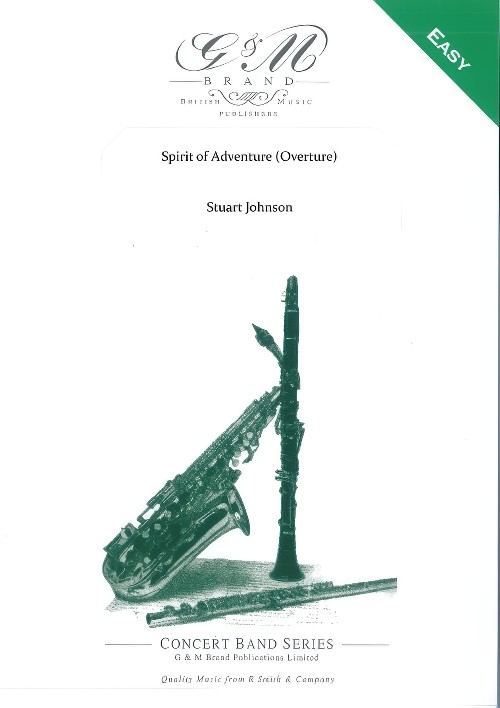 £9.95
£9.95Spirit of Adventure (Overture) (Concert Band - Score Only) - Johnson, Stuart
Spirit of Adventure is a properly structured overture for younger players. It opens with a slow introduction, immediately followed by a rhythmic Allegro. Individual parts are simple but the band as a whole sounds effective. A short Andante features Oboe (cued in Clarinet), Flute and Horn, before the earlier Allegro returns, leading to a fortissimo climax.
Estimated dispatch 7-14 working days
-
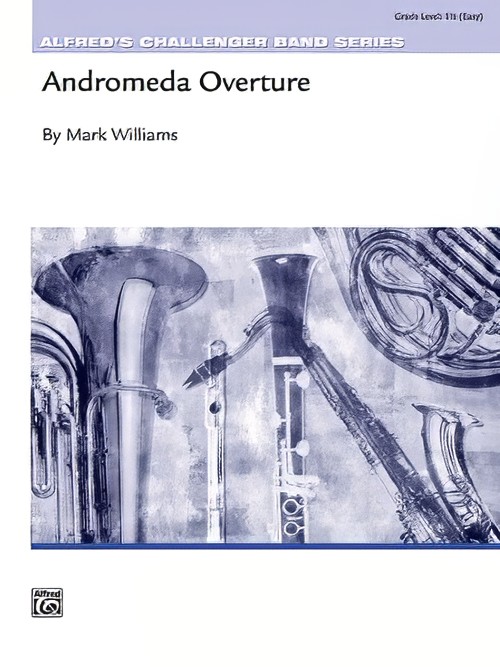 £43.95
£43.95Andromeda Overture (Concert Band - Score and Parts) - Williams, Mark
Trumpet melodies soar over a background of driving eighth notes in this contemporary overture by Mark Williams. The Allegro uses syncopation and full band scoring to start this one off with a bang. The Andante features a trumpet solo and rich accompaniments for a tranquil mood. The main theme returns for an exciting finish. A perfect opener for your festival or concert! Duration: 4.00
Estimated dispatch 7-14 working days
-
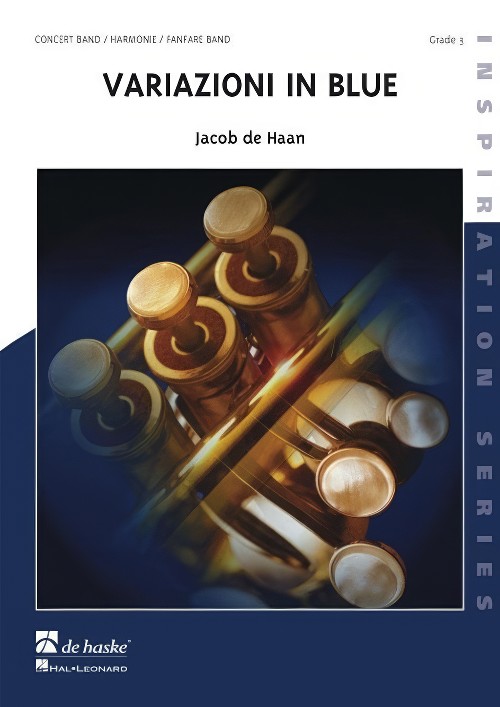 £118.99
£118.99Variazioni in Blue (Concert Band - Score and Parts) - De Haan, Jacob
Variazioni in Blue is a series of variations in which elements from the Blues, such as the specific blue notes, run throughout the piece. Following a stately introduction, which includes part of the theme, is an ornamental variation in classical style. We then hear a variation in Blues style, followed by a fast variation with an Eastern European folklore feel. The Andante con espressivo is particularly fine with its attractive harmonic changes. This variation develops into a repeat of the previous folklore variations with its major variation forming a climax towards the end.Duration: 6:30
Estimated dispatch 7-14 working days
-
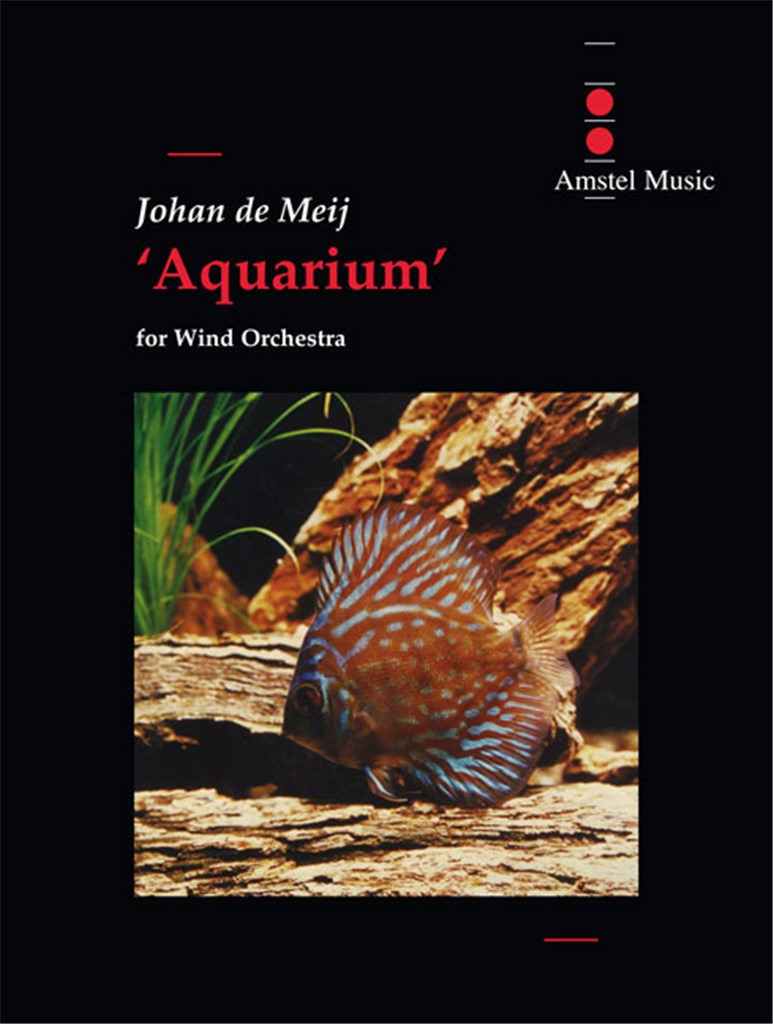 £128.00
£128.00Aquarium (Concert Band - Score and Parts) - De Meij, Johan
The Suite Aquarium is Johan de Meij's third composition for symphonic band and features six tropical fishes, each of them represented by a motif, and surfacing as such in several guises. The composition consists of three movements of which the second and third merge uninterruptedly into each other. I) Allegretto grazioso (Neon Tetra, Electric Eel and Angelfish) II) Andante / Adagio (Sea Horse and Zebrafish) III) Finale: Allegro giocoso (Guppy & Co.) The Neon Tetra motif functions as a kind of 'Leitmotiv' and describes the beautifully coloured, frisky fish: A number of variants have been derived from this theme and will also appear in the other movements. The Electric Eel in fact is not represented by a motif, but by a rhythm based on the restless electric pulses made audible in some aquaria. The Angel fish is represented by elegant cluster chords. In the second movement the Sea Horse emerges out of the water vegetation and starts a dialogue with the Zebrafish, which is represented by one melodic phrase in unison, getting more and more threatening by added parallel fifths and octaves. Simultaneously with the Sea Horse motif the Neon Tetra theme emerges, this time in 3/4 time and in Eb minor. The third movement starts with only two instruments (trumpet and xylophone), but as it is often the case with Guppies their number rapidly increases. Piccolo and Alto Saxophone introduce the Guppy Theme followed by several instrumental combinations. Every theme from the first movement 'swims by' once more, after which the principal motif leads us to a brilliant ending.Duration: 9.00
Estimated dispatch 7-14 working days
-
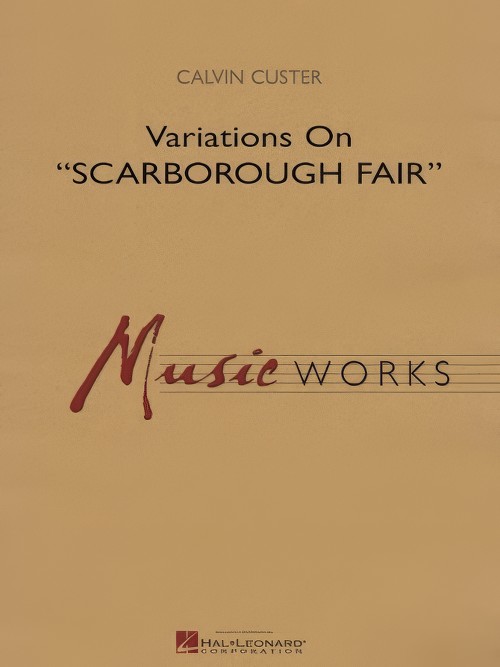 £76.99
£76.99Scarborough Fair, Variations on (Concert Band - Score and parts) - Custer, Calvin
First published in 1989, this work from the late Calvin Custer epitomises his command of orchestration and understanding of musical pacing. The familiar folk melody is stated first by a solo flute then followed by a remarkable series of variations starting with a brass choir accompanied by woodwind flourishes. An Andante variation features the woodwind choir accompanying solos by baritone and oboe, and this leads to a striking fugue variation and bold finish. Truly symphonic band writing at its best.Duration: 4:45
Estimated dispatch 7-14 working days
-
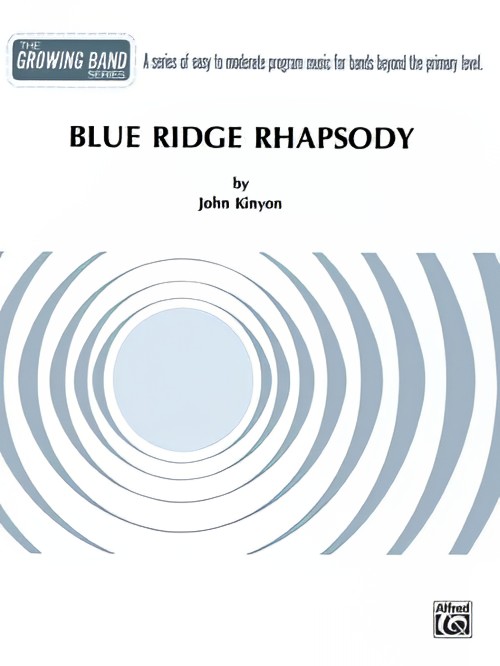 £55.95
£55.95Blue Ridge Rhapsody (Concert Band - Score and Parts) - Kinyon, John
In A-B-A form, this piece consists of two major themes, both of which are stated in the 16-measure introductory section. Although the composition is in large part romantic in style, it offers young performers an opportunity to experience the spritely 6/8 of the Allegro moderato as well as the romantic legato of the Andante cantabile section. Duration: 4.15
Estimated dispatch 7-14 working days
-
 £46.53
£46.53A Bayside Portrait
Bold contest overture featuring stirring themes and contrasting styles. Brilliant opening statement by the brass leads to a majestic woodwind reply followed by a lyrical andante section skillfully scored to achieve beautiful sonorities.
Estimated dispatch 7-14 working days
-
 £67.32
£67.32Allegro Francaise
Barat's "Andante and Allegro" has been a staple of trombone solo repertoire for decades, and now the Allegro has been excerpted and arranged for the Barnhouse "Spotlight" series by Andrew Glover. An excellent solo to showcase your trombone, euphonium, or horn soloist. Band accompaniment is a grade 3, and comes together with a minimum amount of rehearsal time. Solo part is grade 4. A great solo showpiece!
Estimated dispatch 7-14 working days
-
 £109.99
£109.99Concerto Dynamico (Concert Band - Score and Parts)
Concerto Dynamico is a sparkling work opening with a majestic introduction in which the whole band presents the main theme. The volume together with the broad melodic lines, create a robust opening that leads to a dazzling allegro. Syncopated rhythms produce a cheerful note, supported by the percussion. A charming andante follows, in which various instrument groups play the main theme. In the succeeding moderato marziale, the same theme can be heard as in the last allegro giocoso, but with another rhythm. Concerto Dynamico ends with a shortened repeat of the slow middle movement. 07:00
Estimated dispatch 7-14 working days
-
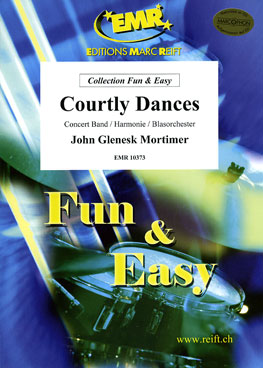 £92.00
£92.00COURTLY DANCES (Easy Concert Band) - Mortimer, John Glenesk
Includes: Con Moto; Andante; Moderato. Duration: 3:45
Estimated dispatch 7-14 working days
